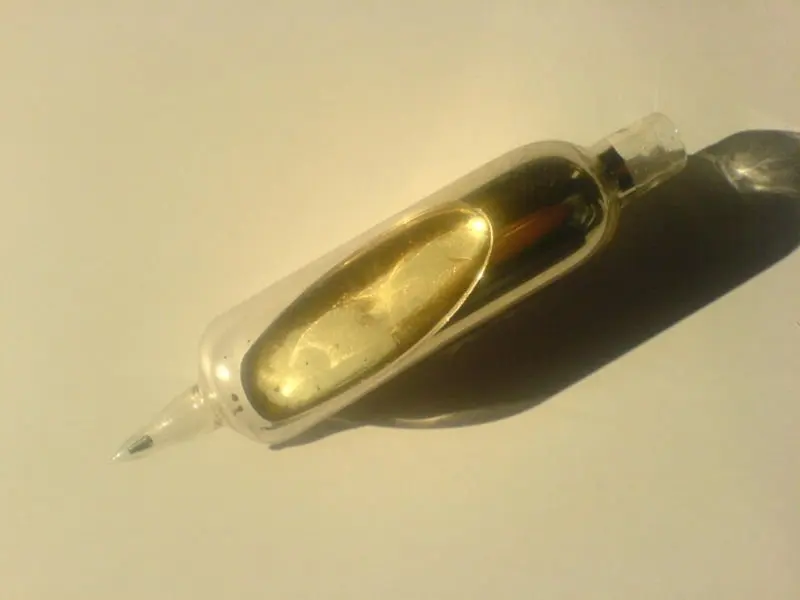

Most of the mined caesium (as salts) is directly converted into caesium formate (HCOO −Cs +) for applications such as oil drilling. Caesium is then extracted from pollucite primarily by three methods: acid digestion, alkaline decomposition, and direct reduction. The ore is crushed, hand-sorted, but not usually concentrated, and then ground. Mining and refining pollucite ore is a selective process and is conducted on a smaller scale than for most other metals. This radionuclide has a relatively long half-life, 30 years, and decays by emitting beta particles. The credit for that goes to Carl Theodor Setterberg at the University of Bonn who obtained it by the electrolysis of molten caesium cyanide, CsCN.Ĭesium Cs 137 is prevalent due to its spontaneous production, which occurs as a result of nuclear fission of other radioactive materials, such as uranium and plutonium. They produced around 7 grams of caesium chloride from this source, but were unable to produce a sample of the new metal itself. They examined mineral water from Durkheim and observed lines in the spectrum which they did not recognise, and that meant a new element was present. It is used to make photoelectric cells, electron tubes, and atomic clocks.Ĭaesium was eventually discovered by Gustav Kirchhoff and Robert Bunsen in 1860 at Heidelberg, Germany.

It has only one stable isotope, caesium-133. It is the least electronegative element, with a value of 0.79 on the Pauling scale. Caesium has physical and chemical properties similar to those of rubidium and potassium.Ĭaesium is the alkali metal just below potassium on the periodic table. It is a chemical element with symbol Cs and its atomic number 55 atomic weight 132.905 melting point 28.5☌ boiling point 690☌ specific gravity 1.87 valence 1. It is liquid at room temperature and is the most reactive of all metals. Caesium is a soft, ductile, silvery-white element of the alkali group.


 0 kommentar(er)
0 kommentar(er)
